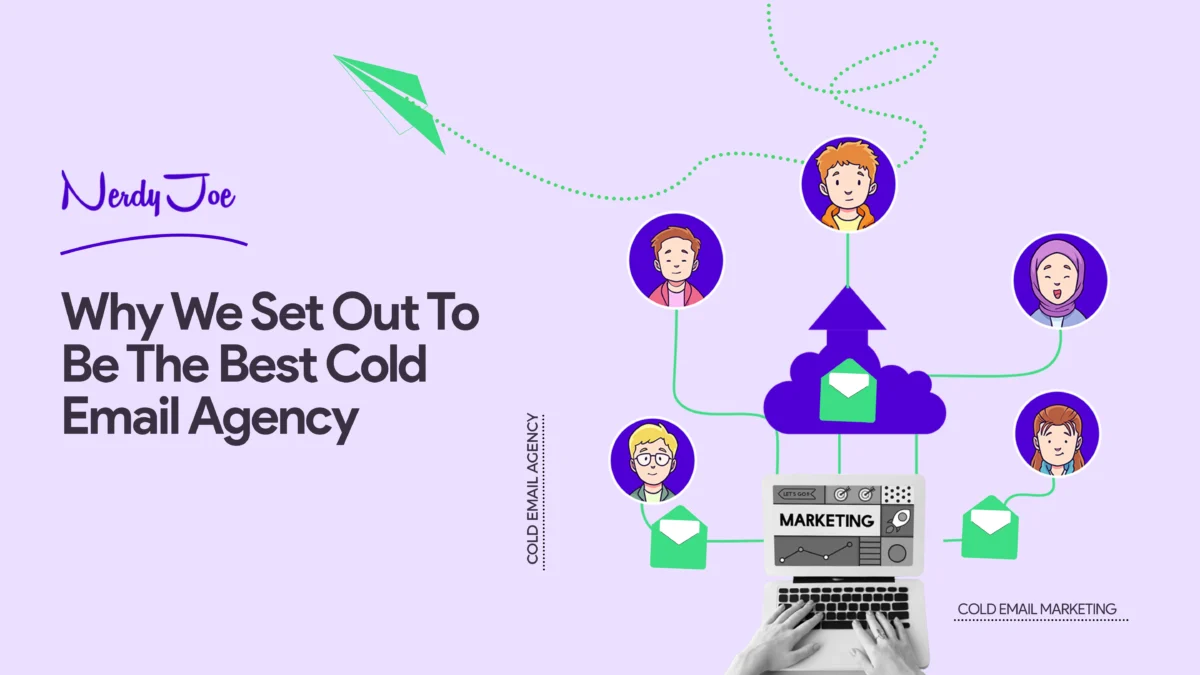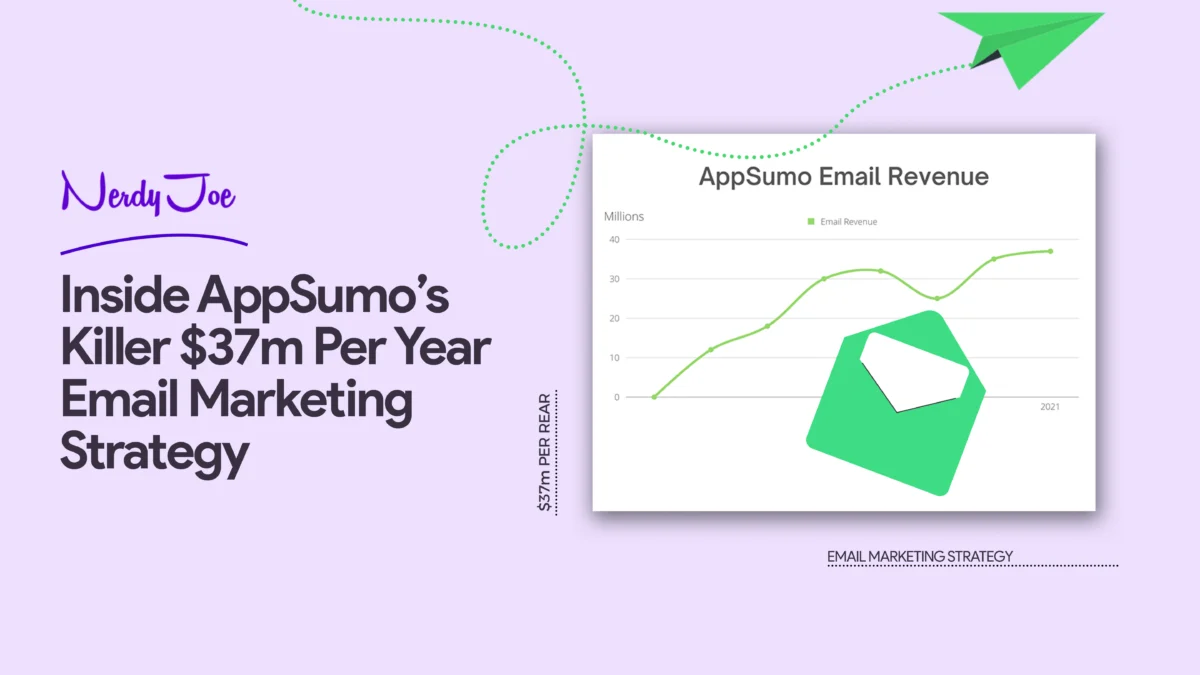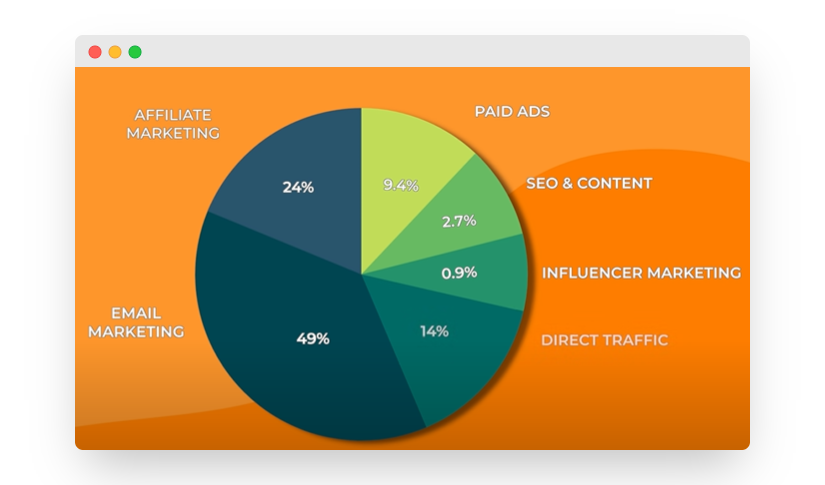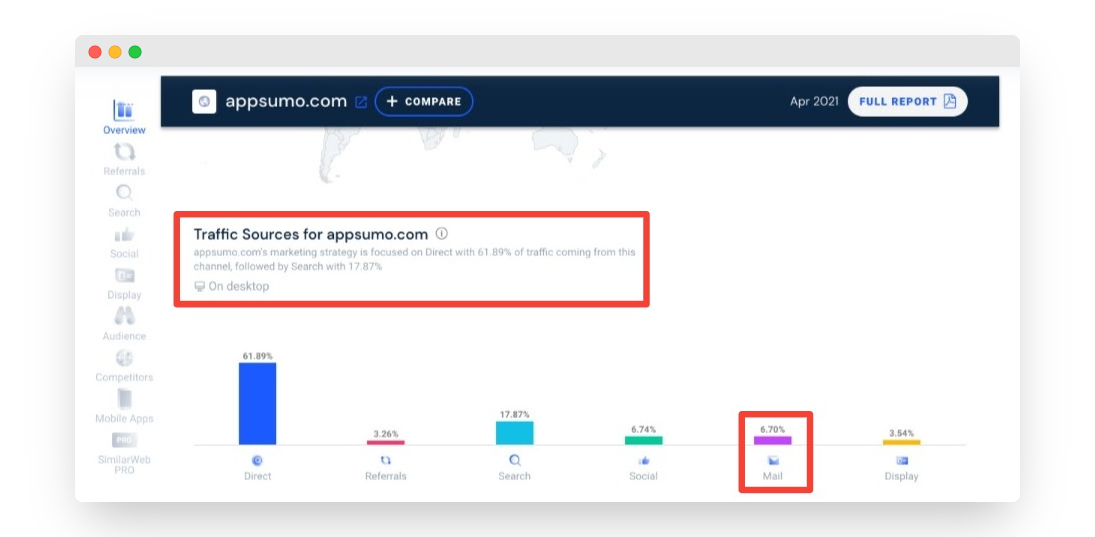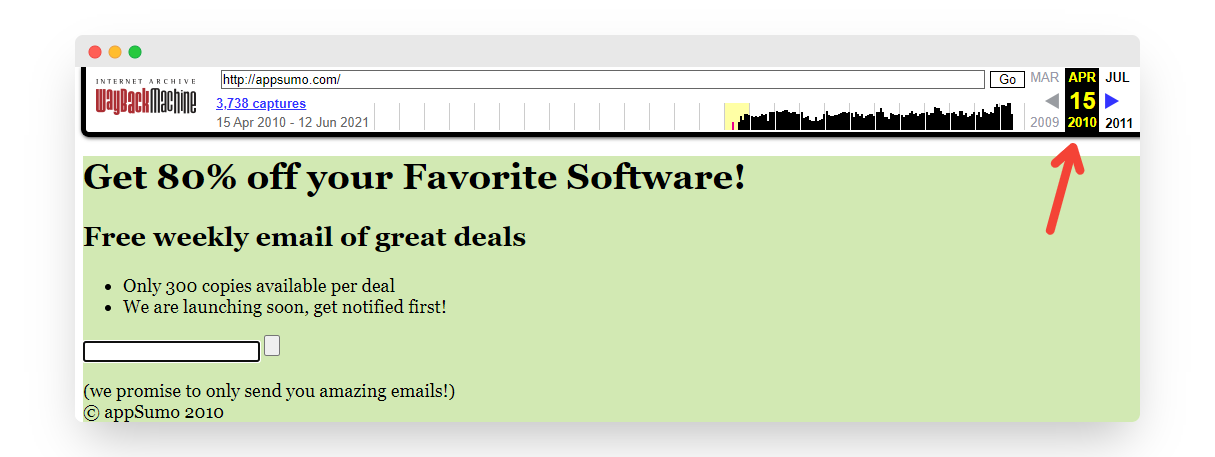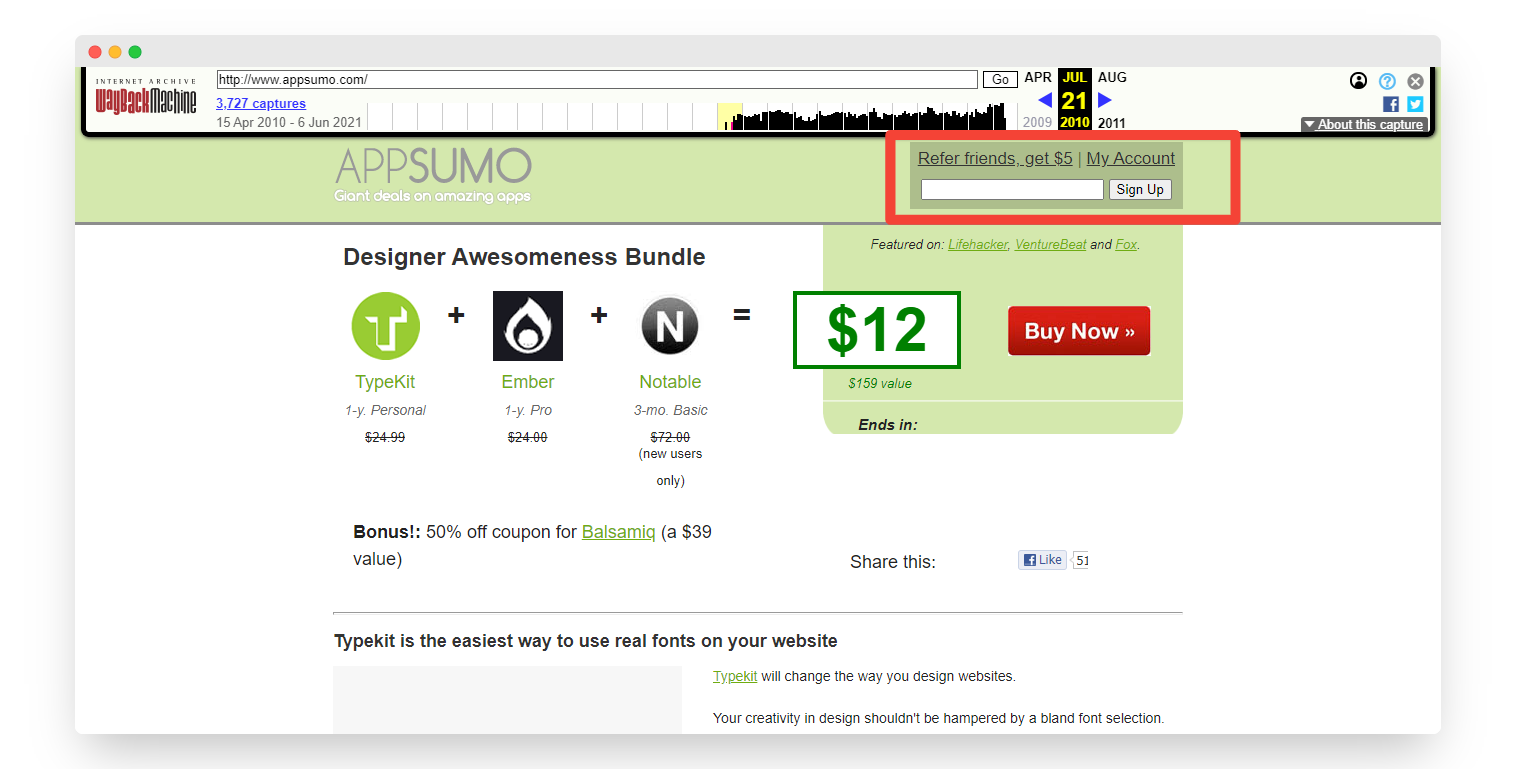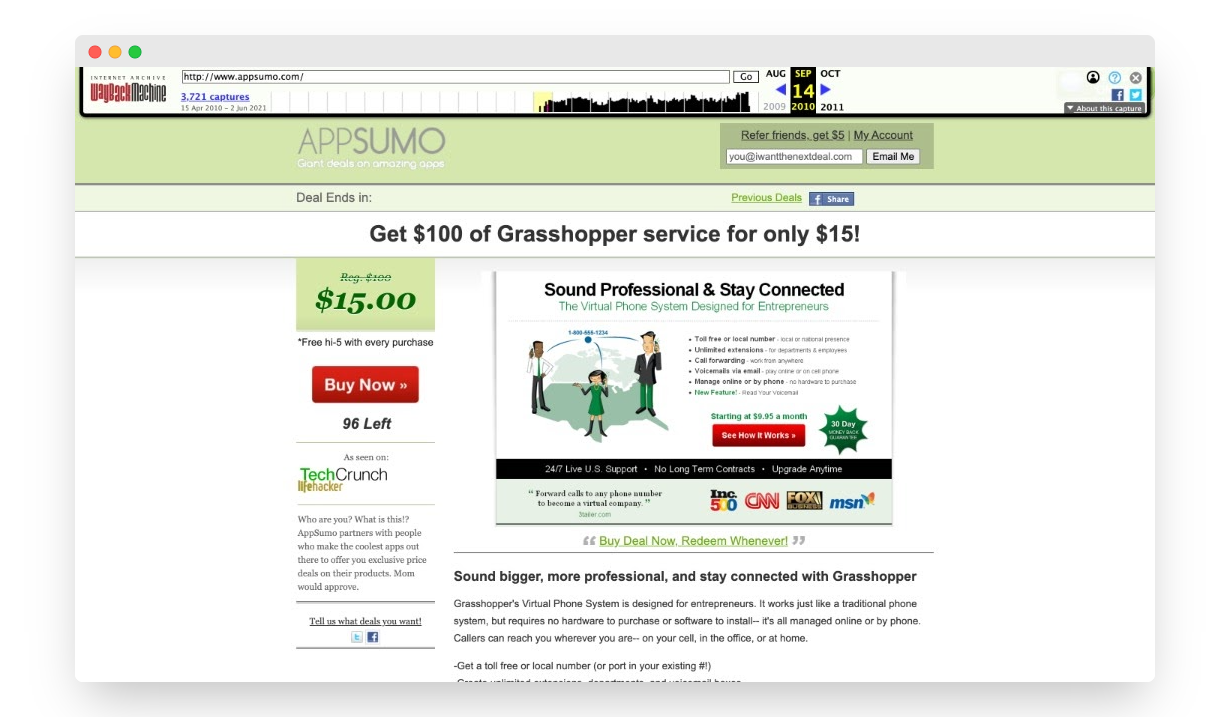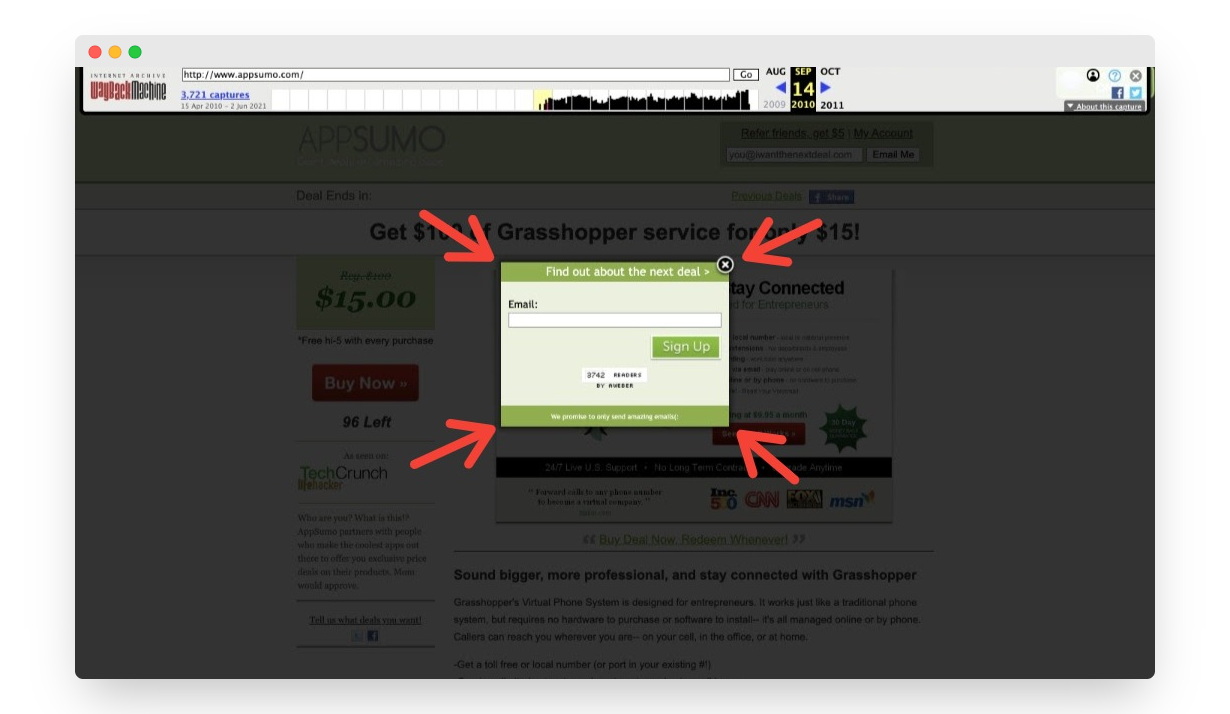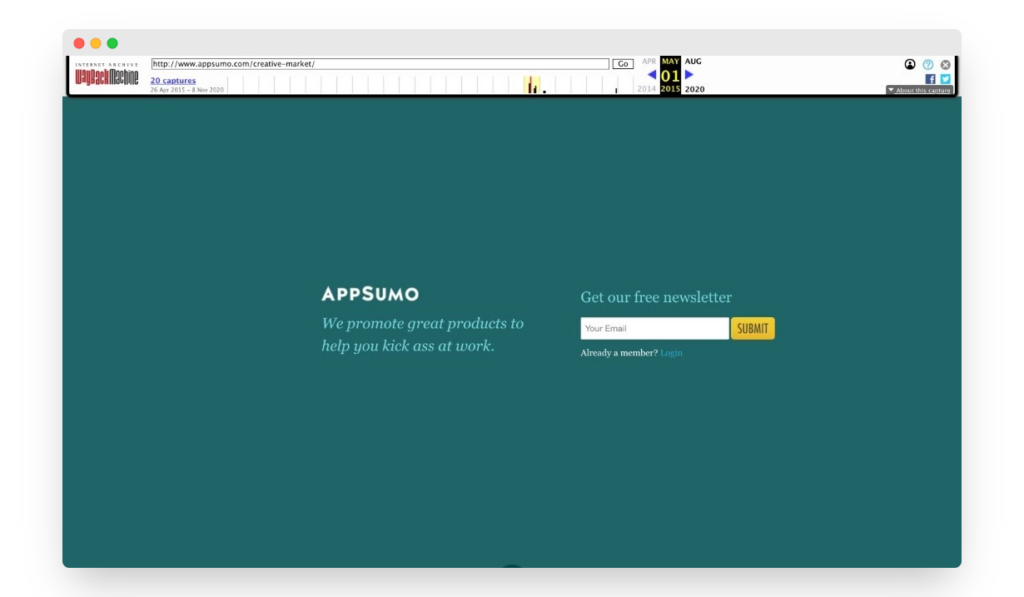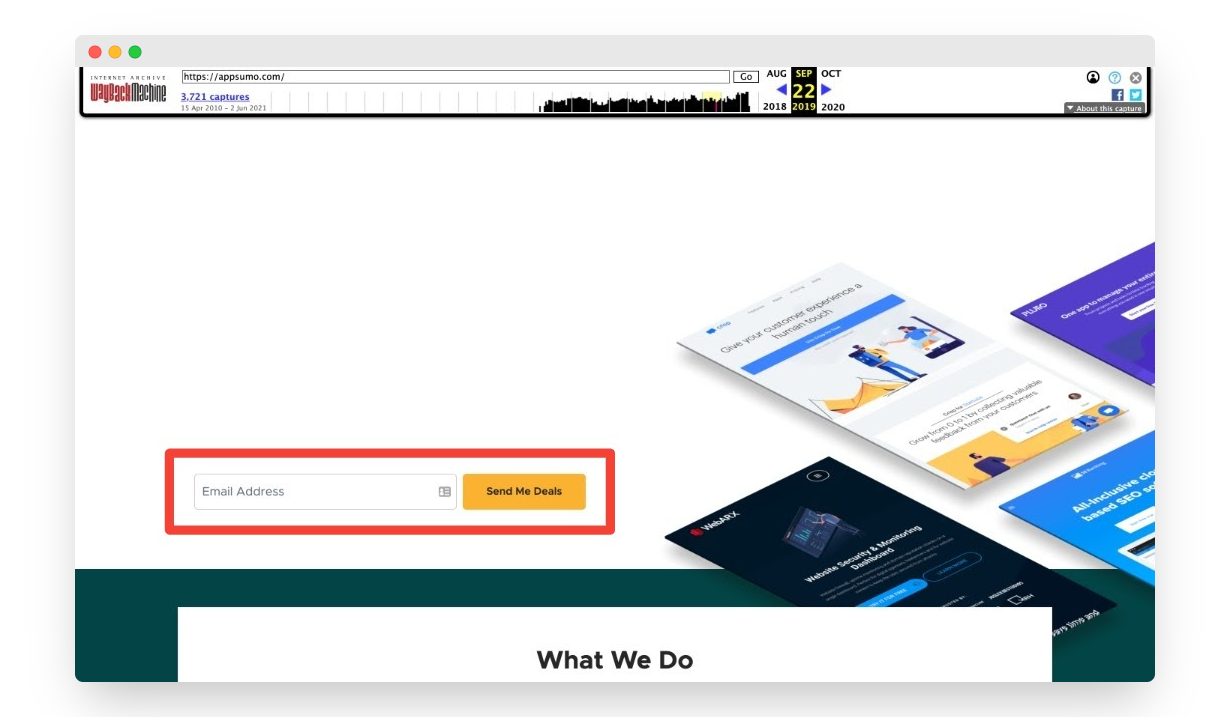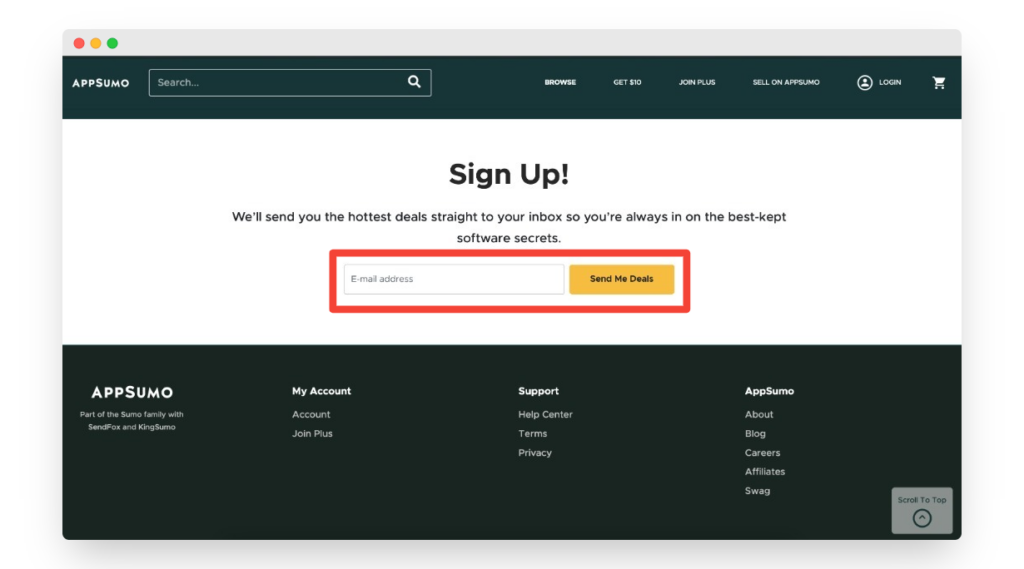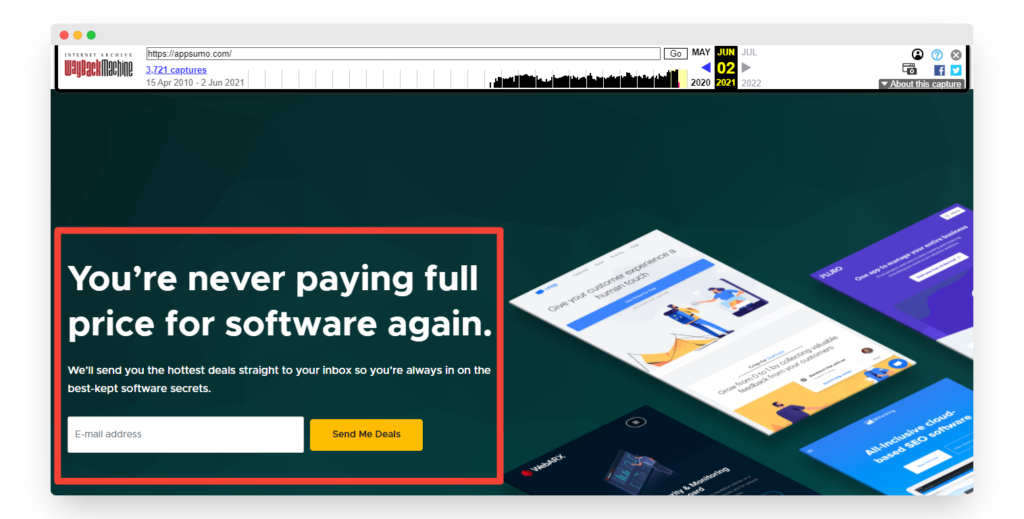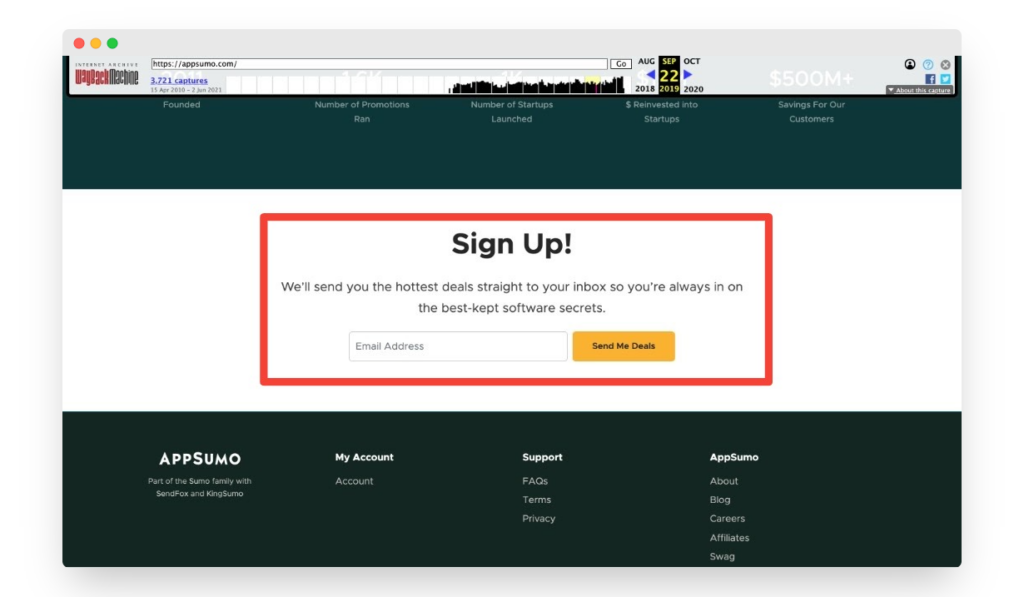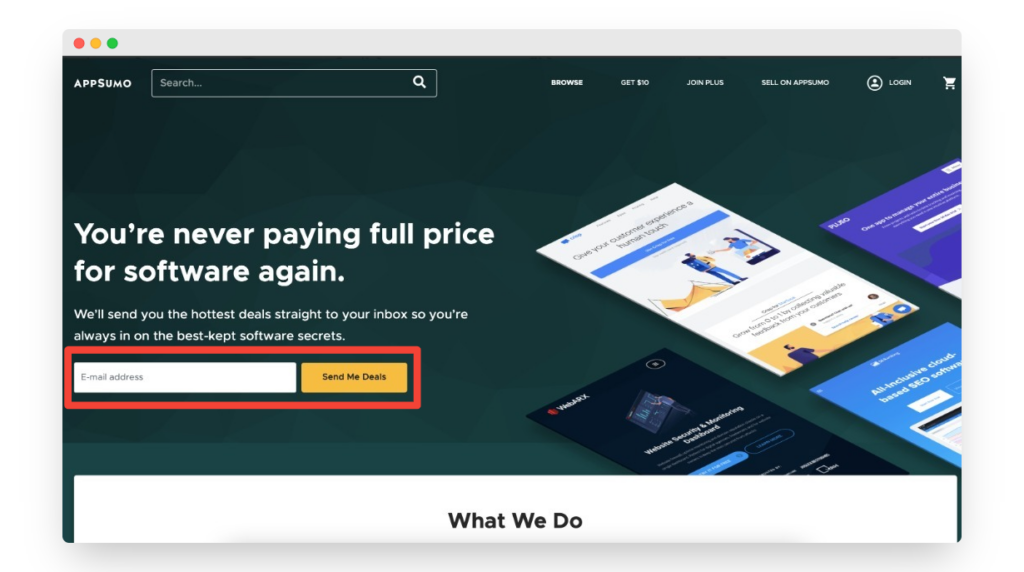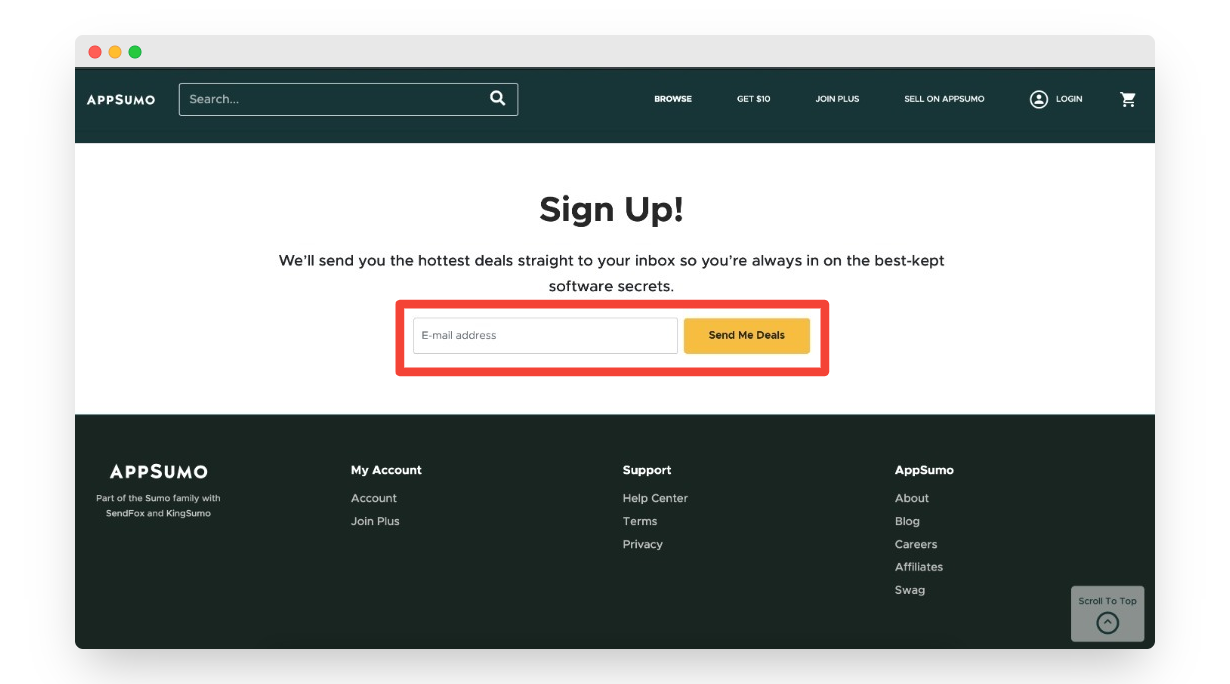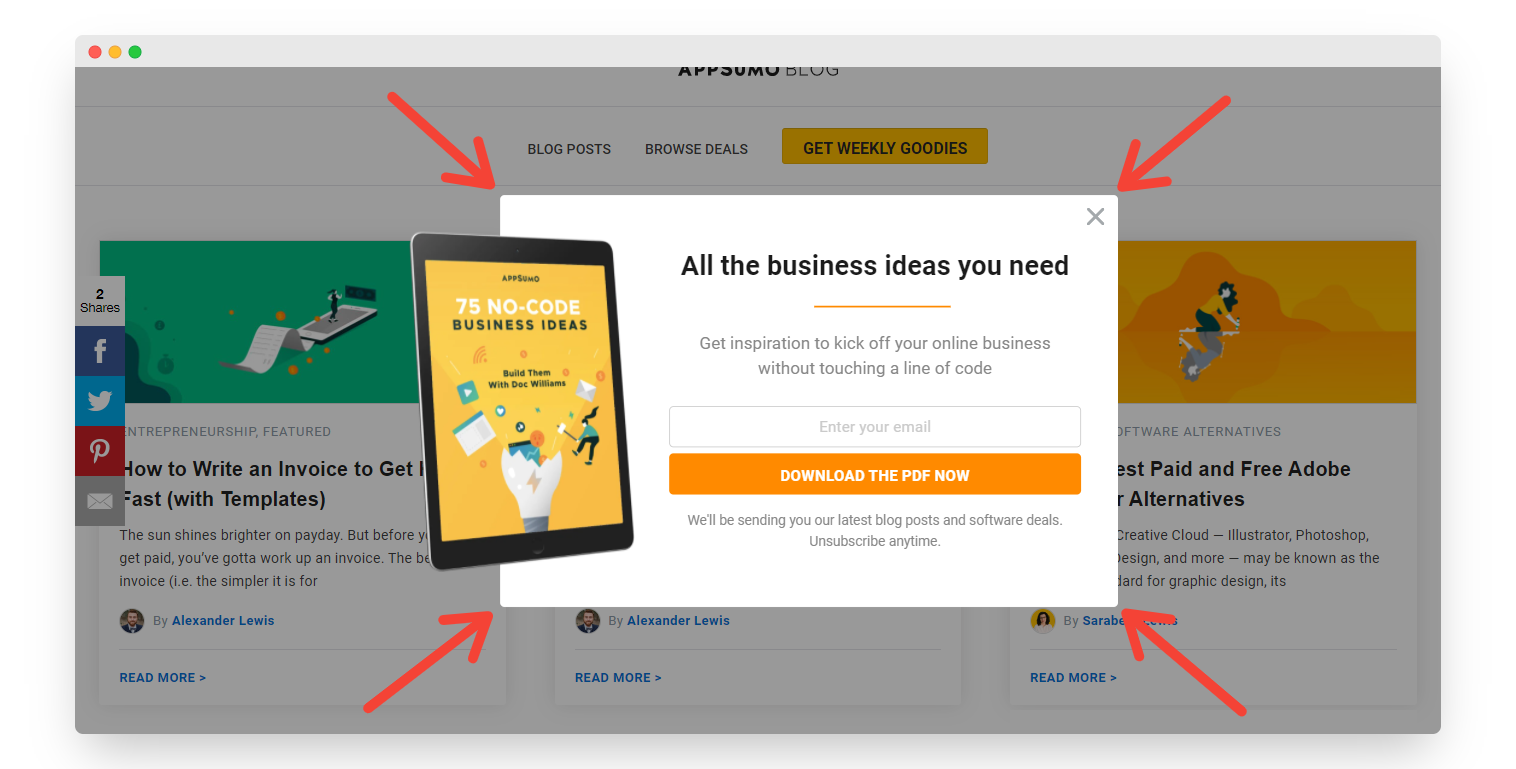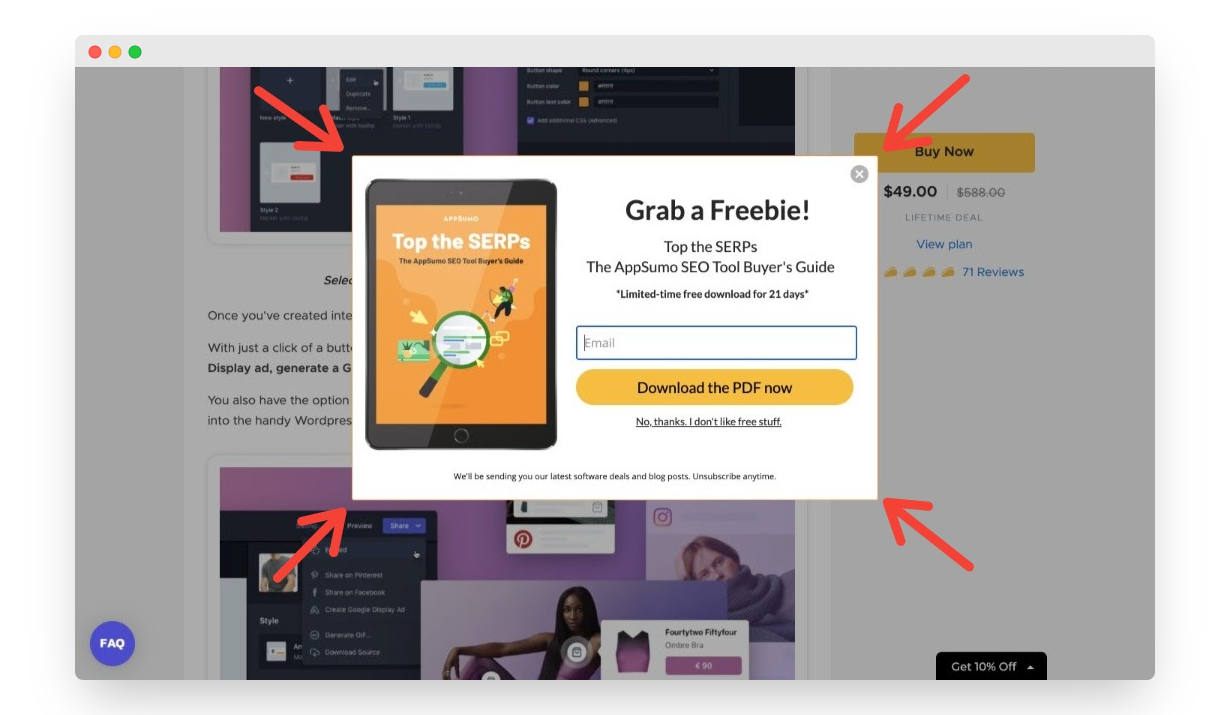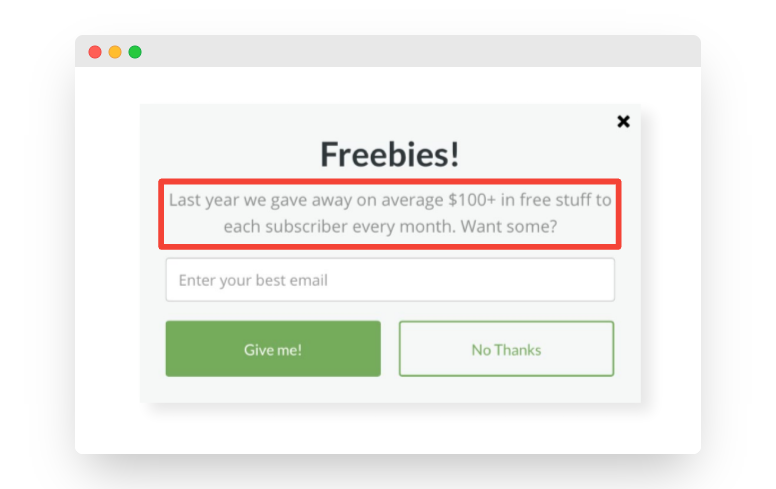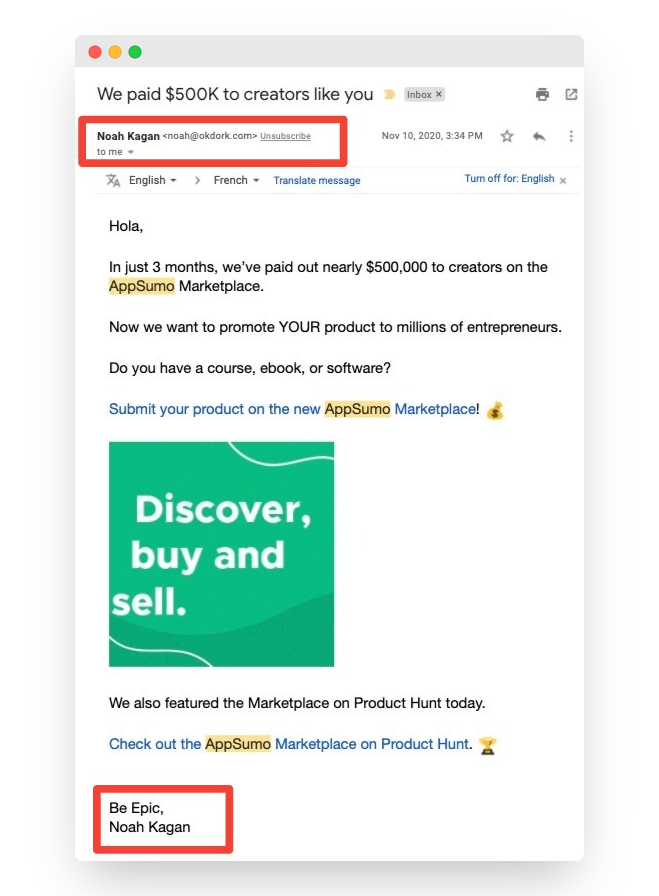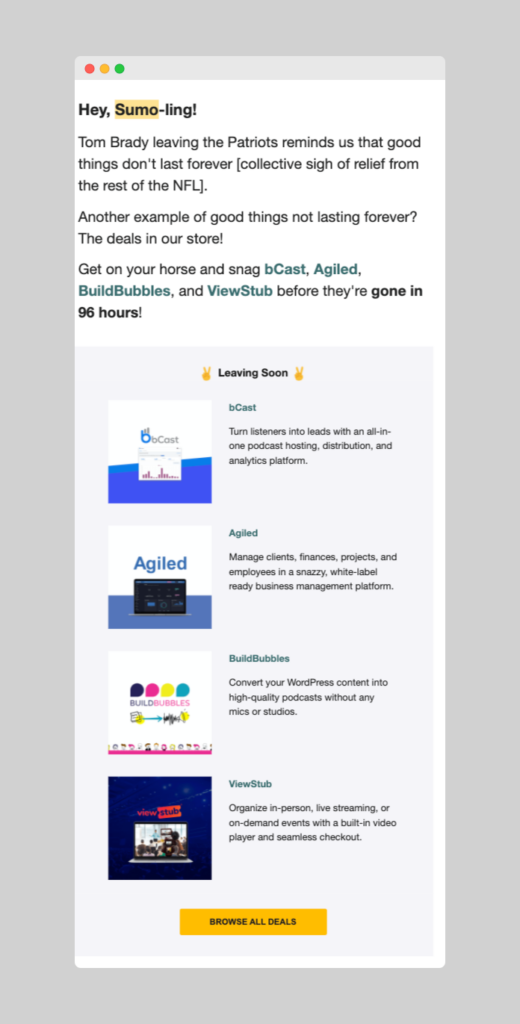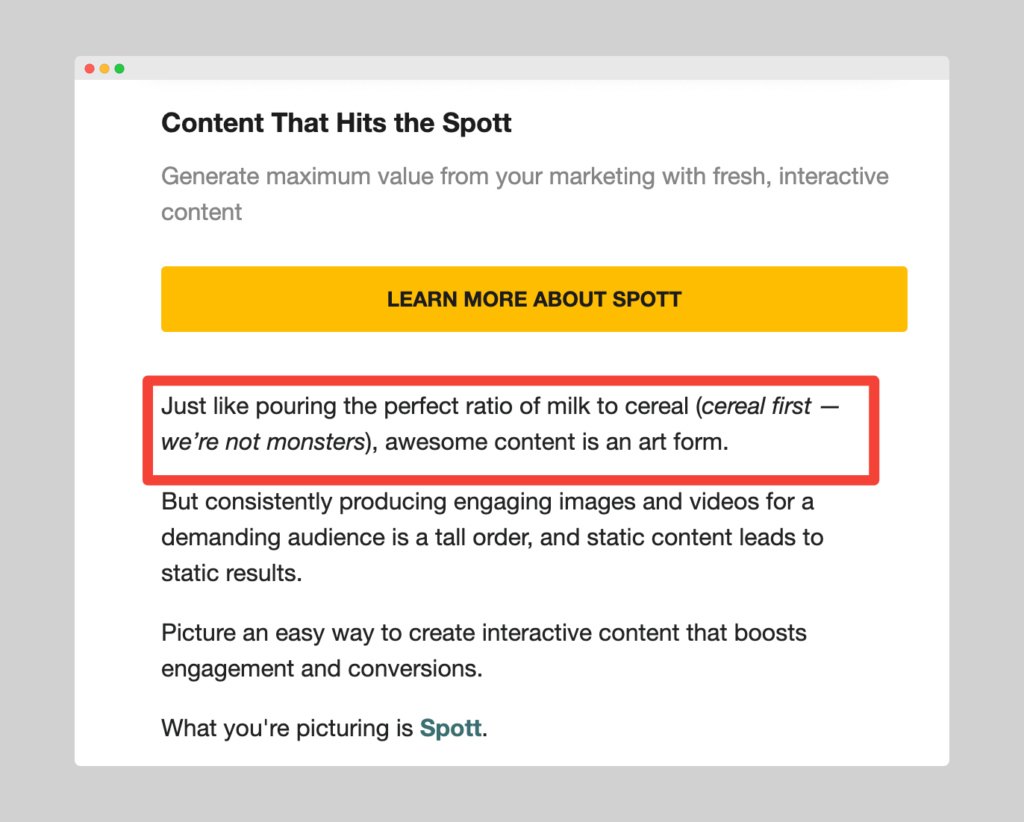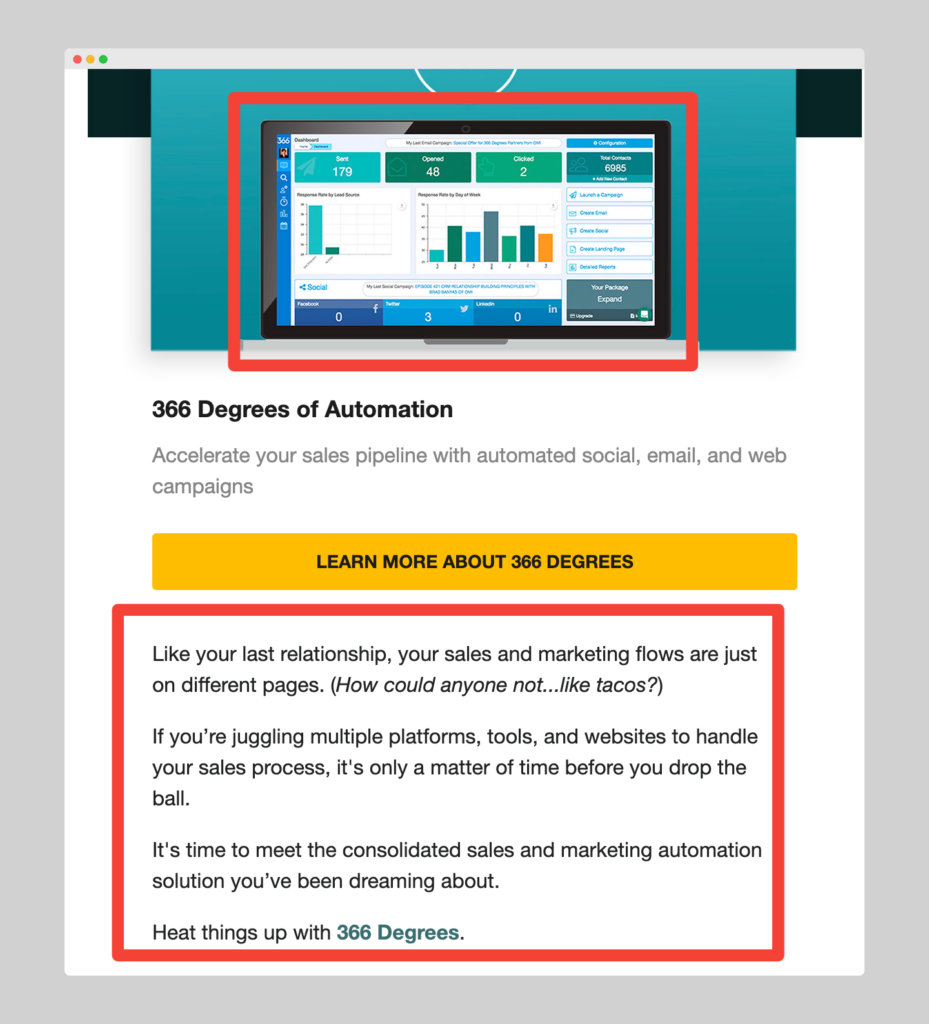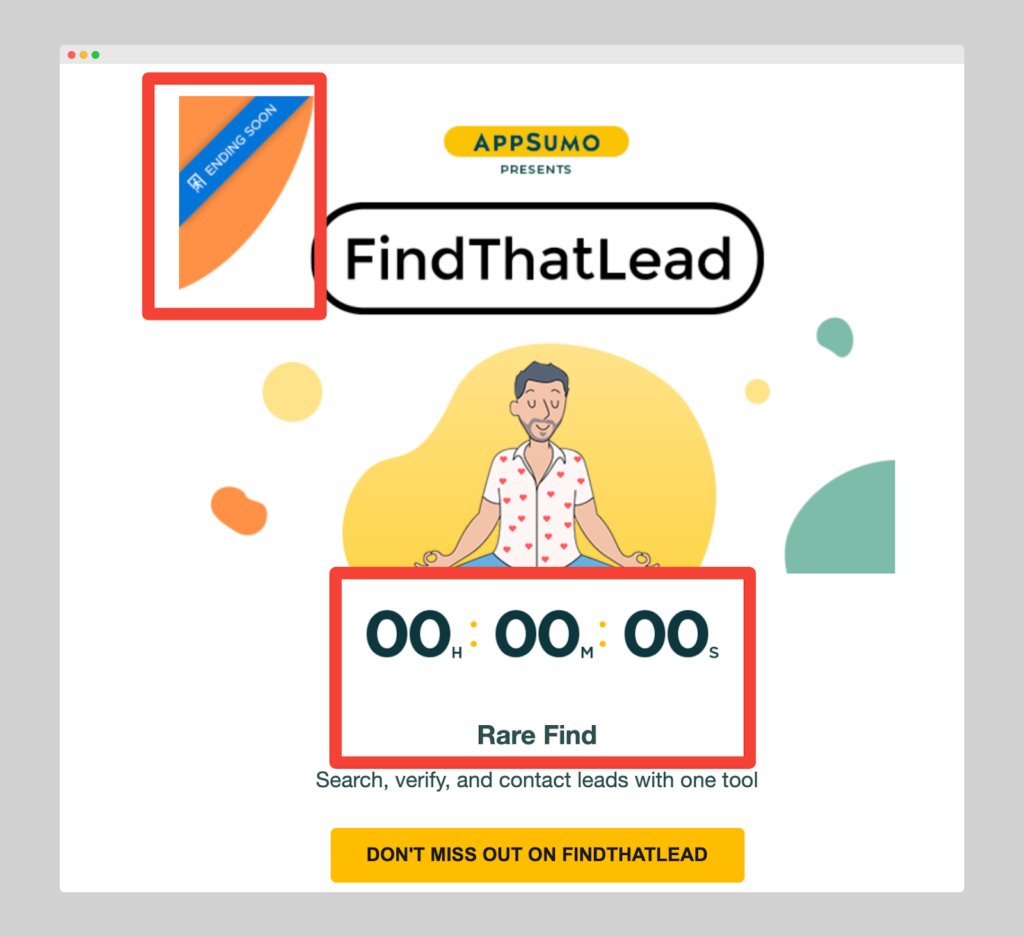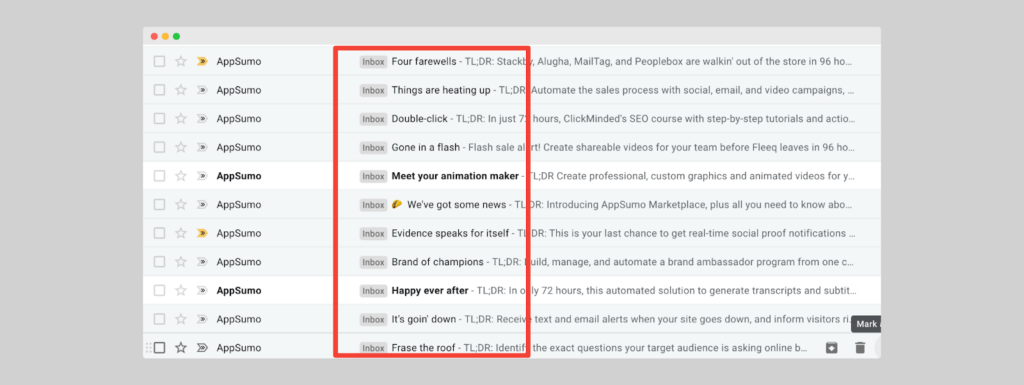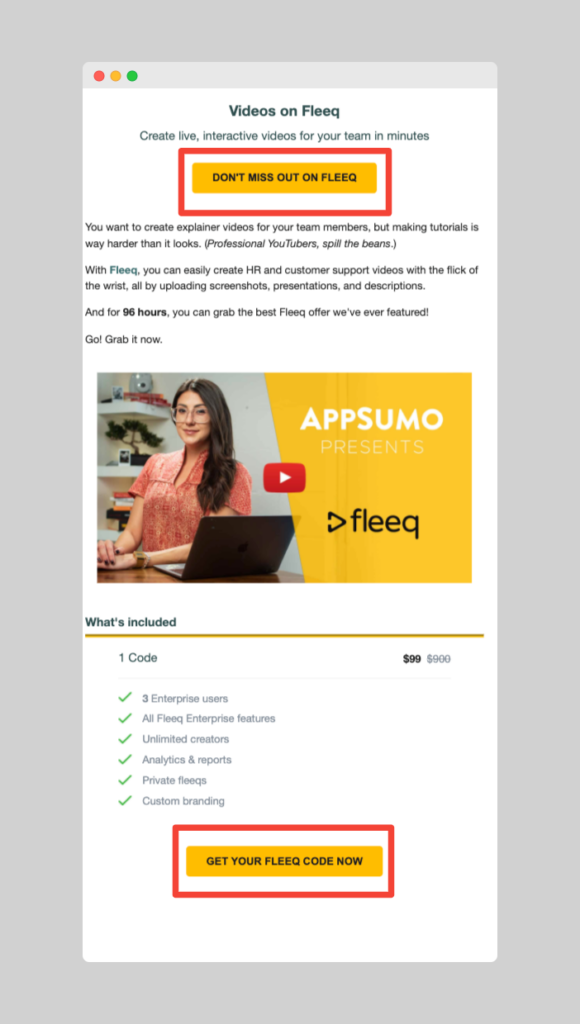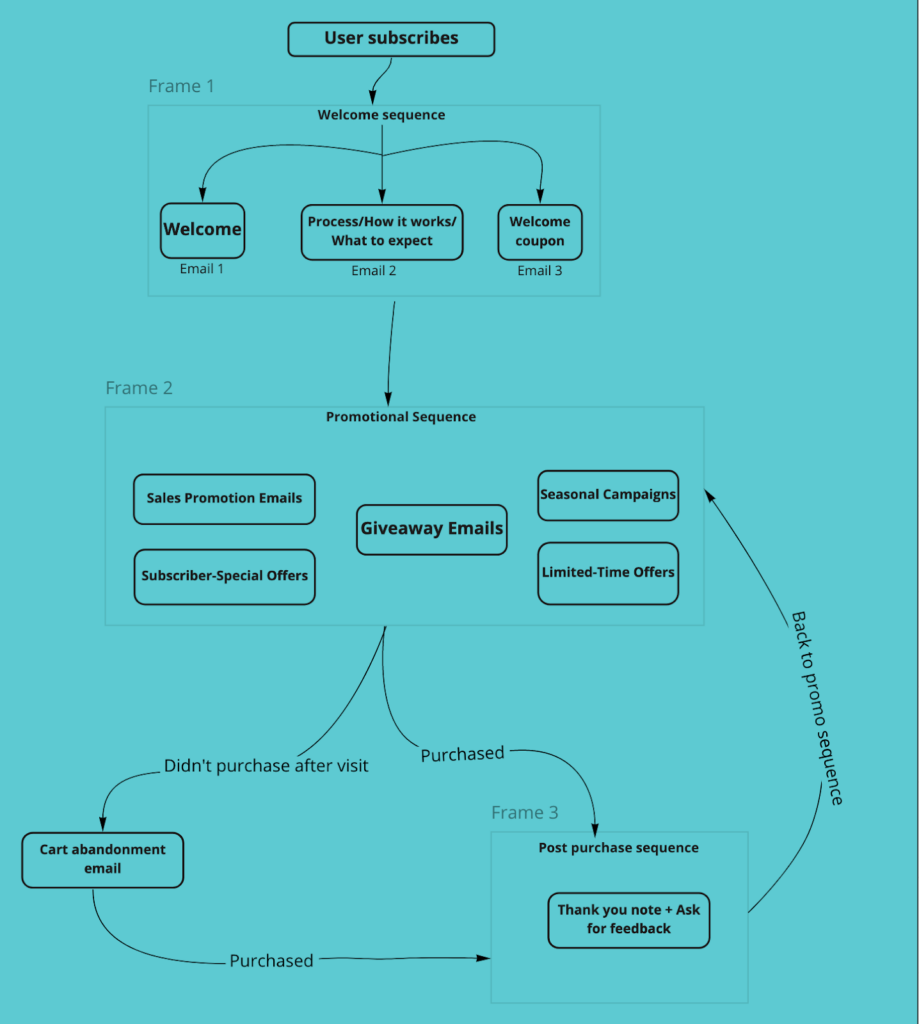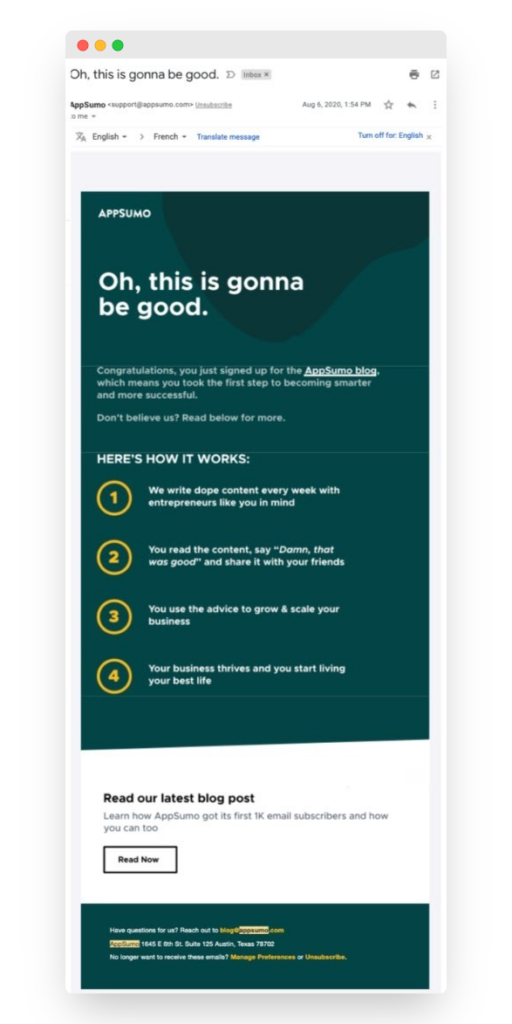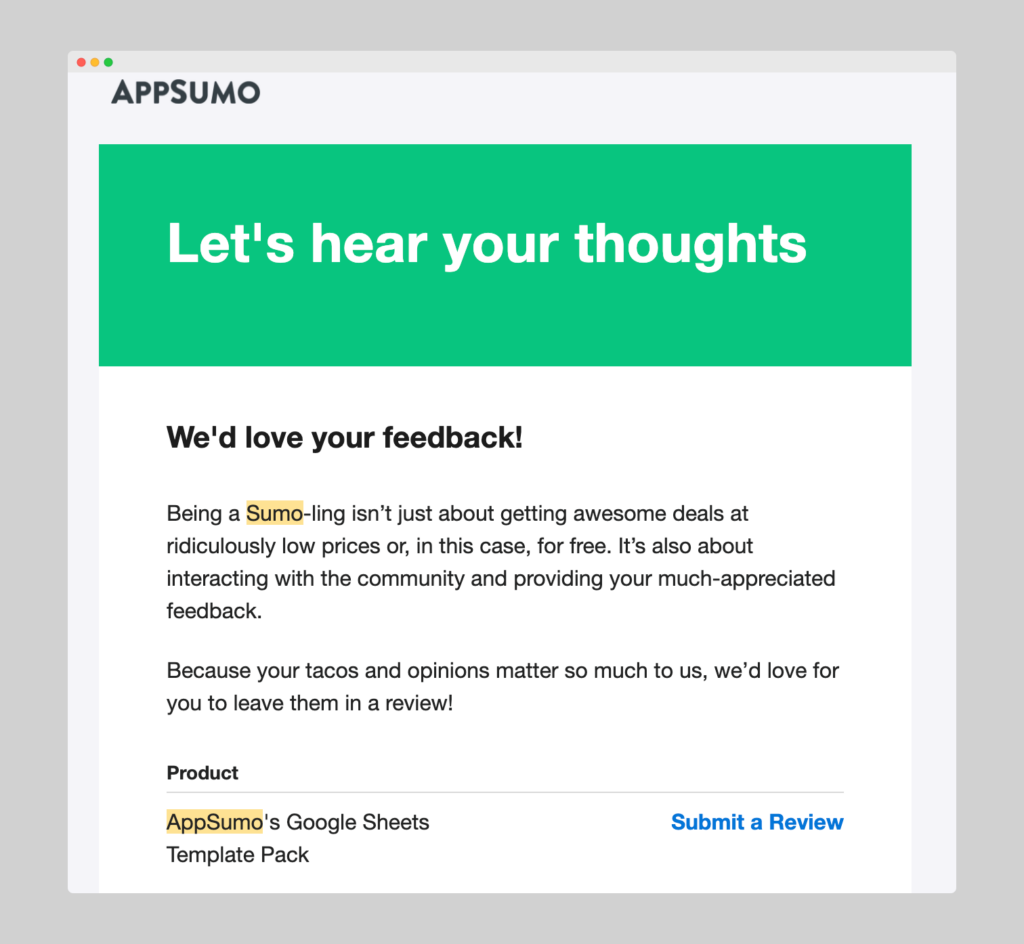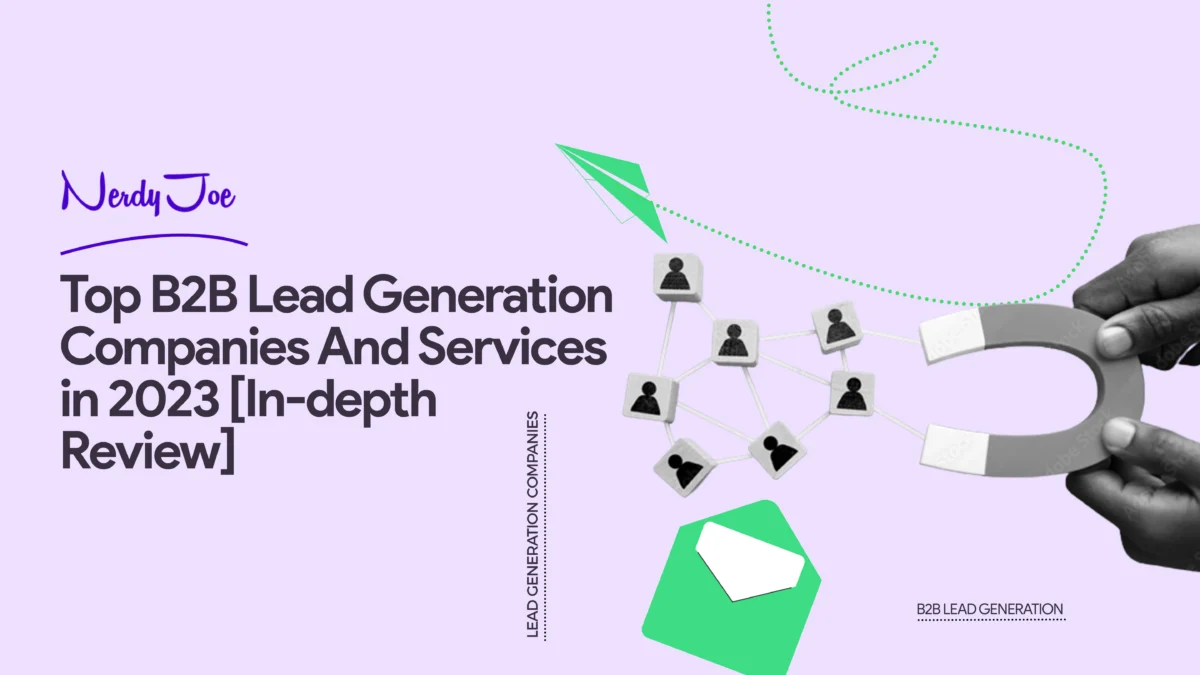How to Generate B2B Leads With Cold Outreach [Case Study]
We’ve done our fair share of lead generation with cold outreach strategies. We’ve sent thousands of cold emails, and sent thousands of InMail to connections and prospects on LinkedIn.
Like most marketers, we’ve come down to the same conclusion. Outbound is the easiest lead generation strategy when done right.
We use cold emails to:
- Grow one freelance writer’s business from $1,200/month to $8,000/month.
- Get replies from people like Tim Soulo, Rand Fishkin, Noah Kagan, Guillaume Moubeche, Ross Simmonds, Irina Maltseva, etc.
- Land guest blogging opportunities on websites like Mailshake, Hunter, Convince And Convert, Coschedule, etc.
- Help a content agency go from 1 to 6 clients.
We can go on and on about our results, but you can find them on our case study page.
In this article, we’ll share with you what cold outreach is, the best channels and strategies, how to implement them, and the best cold outreach technique you need to focus on.
Note: Struggling to get replies or book meetings with prospects that fit in your ICP? We’ll help you get 6 SQLs or book 6 meetings with prospects that are ready to buy for only $999/month. Book a 15-minute consultation now.
Top 3 B2B Cold Outreach Strategies And How They Work
There are three main types of cold outreach strategies. Identifying and using the most effective B2B cold outreach strategy to build strong relationships with leads can be a challenge.
Depending on your cold outreach strategy and target audience, you’ll have to choose the one that goes perfectly with you and your company. Here are the top cold outreach strategies you might use.
Cold emailing
Cold email marketing is hands-down the most effective tool for generating and nurturing sales leads — both in B2B and B2C.
As a matter of fact, 59% of marketers consider emails an important channel for generating B2B sales leads.
But for a lot of marketers, cold emailing is considered outgrown and no longer effective. This mainly stems from the fact that almost every B2B sales reps or marketers use cold email for outreach.
The result is that prospects get bombarded with thousands of cold emails, and as a result, fewer people trust them.
Just for context, the average B2B worker receives more than 121 emails per day.
So checking cold emails becomes a boring task for prospects, and most marketers and salespeople feel like cold emailing is no longer the milk-dripping-lead-generation-cow it used to be.
The truth is that cold emailing is more about strategic content and offers than it is about writing beautiful emails.
Here is what we mean.
In our books,
- No two prospects are the same (they might be alike, but never the same).
- Simply using variables like {first name}, {company name}, etc., and sending mass cold emails is lazy and won’t work.
- Prospects might need the same solution but face different challenges, so they shouldn’t be approached the same way.
- An offer is only as good as its impact on the prospect’s lifestyle.
We could go on, but you get it. No two prospects should ever receive the same cold message. And you might ask what results we actually get from such approaches.
Here is how we also closed Ross Simmonds, founder of FoundationInc.

Here is another successful example.

As you can see from both screenshots, the cold emails sent to the prospects were so compelling that they couldn’t help but acknowledge it before offering to hire us.
Note: Struggling to get replies or book meetings with prospects that fit in your ICP? We’ll help you get 6 SQLs or book 6 meetings with prospects that are ready to buy for only $999/month. Book a 15-minute consultation now.
So the main problem with most marketers is that they sacrifice quality for quantity. They believe the more people they target, the more likely they are to get exponential results.
But the only results they actually get are ignorance and rejection.
Quality, relevance, and being compelling are everything in cold emailing. And we’ve used these to craft unique cold emails and closed a lot of clients, including Vidico, AppSumo, Hunter, and more.
LinkedIn InMail
Sending LinkedIn InMails is also an effective way to get in contact with your prospects and leads in the B2B space.
The cold outreach process on LinkedIn is relatively simple. Find your prospects, send them a connection request, and send them an InMail message — which is basically like sending them a DM on the platform.
The interest in LinkedIn is that it offers a pool of high-level decision-makers. Furthermore, you can see your prospects’ activity on the platform, which you can use to create icebreakers and personalize your messages.
You can also see when they’re online, so you can send your message at the right time to have maximum opens and much more. LinkedIn is the right place for businesses willing to get more customers and prospects.
The main problem with LinkedIn is that there’s a limit to everything you do.
For example:
- There is a limit to the number of connections you can send per day (50)
- There is a limit to the number of InMails you can send per day (50)
- You will need to pay to access your cold outreach campaign metrics.
- You can’t automate your outreach process without spending more money on a third-party tool.
- You’ll need to upgrade your account and mostly be in the same connection level as your prospects before being able to connect with them. This can be crippling if you have a low connection level but want to target high B2B executives.
- And the list goes on…
Cold calling
Cold calling is the same as cold emailing, except this time, you do it over the phone and talk to the prospects in person.
This method involves searching for your leads’ personal contact information and directly calling them to pitch your product and services.
You’ll only have a few seconds to make a good impression, introduce your product or offer, break down the value they will get from it, and everything else in your cold calls.
Also, it can be pretty intrusive to call someone you’ve never met or spoken with before.
So, for many, cold calling is not an easy task, and that makes it hard for them to make it an effective tool for cold outreach.
Also, it can be hard to scale and automate. But that does not mean that it will not bring in results when done right.
The best tip we can offer for cold calling is never to actually cold call. Always ensure you’ve had some previous experience with the prospect before calling them.
It can be through an email, a social media DM, or actually meeting them.
Being intrusive can cost you your relationship with the prospect. Plus, it’s always best to use cold calling only when you need an answer from the prospect.
In fact, cold calling can be an excellent way to follow up on your cold messages or InMails.

8 steps to generate B2B leads with cold outreach
Here are different steps you can take to reach out to your audience and generate leads with cold outreach.
Keep in mind that the following steps are true for cold emailing, cold calling, and LinkedIn outreach.
1- Conduct a market research
Before selling to an audience, you need to understand them very well and learn as much as you can about your market.
Market research helps you gain valuable insight into your business landscape before you launch your cold outreach campaign.
The results can, for instance, reveal how your prospective clients and customers view your company.
Here are some of the most important pieces of information you can find in aftermarket research:
- How to best sell your product (i.e., marketing strategies and techniques that might work)
- Pitfalls and loopholes to avoid in your industry or for your specific audience.
- How your company and its product will be perceived by your audience.
- Your competitors. Find their strengths and weaknesses and sketch out performance strategies.
- Etc.
Such information will help inform your cold outreach strategies and techniques as well as the way you package your offer or present your product to your target audience.
To properly conduct the market research, here are a few questions you need to provide answers to:
- What problems are you trying to solve with your product: At its core, what does your product or service do? How can your product or service impact or change its users’/clients’ lifestyles?
- Who are your potential customers: Find the companies to which your solution will be the most helpful. Find companies that will be the most likely to buy your product. Brainstorm the best person to target for the offer and build a persona.
- What are your potential customers’ buying habits: Find tendencies your target has when purchasing products and services. Consider physical and mental factors. This will allow you to create marketing plans and materials that best align with them.
- How large is your target market: This lets you know the size of your market, and you can use this plan for product development and distribution. You can also set sales goals and integration milestones.
- How much will leads be willing to pay: This helps you determine the purchasing capacity of your audience so you can easily find the value-price ratio and set ideal prices for your offers.
- Who are your competitors: Not only does this allow you to know who you are going up against, but it also lets you find the best strategies and come up with a unique value proposition that beats them.
While compiling all this information can seem like a stretch, the truth is that it allows you to learn about the psychology, habits, and market trends of your target audience — which are crucial when cold selling.

Note: Struggling to get replies or book meetings with prospects that fit in your ICP? We’ll help you get 6 SQLs or book 6 meetings with prospects that are ready to buy for only $999/month. Book a 15-minute consultation now.
2- Define your ideal customer profile
As they say in sales outreach, an offer that targets everybody targets nobody. That is why researching and defining your ideal customers is important.
If you’ve done a good job conducting market research, chances are you have a pretty good grasp of who your ideal customer might be already.
Here, you need to build them a profile based on key patterns such as their pain points, their needs, their buying process, and more.
Here is how to do this.
What we know about your ICP is that they are the companies that will best benefit from your solution.
So simply ask yourself about the needs or problems your product/service solves. Answering this question will let you know what companies will be the most interested in your product, and these are exactly the companies you need to target.
Also, you can take a look at the companies that solve the same problems and needs (however they do it) as yours and see who they target. These are your competitors, and you can steal customers from them with the right approach.
Next, ask yourself whether the companies you find CAN actually adopt your product or are eligible to do so.
Simply because they manifest a problem you can solve doesn’t mean they CAN buy or they will be able to adopt your solution. Among other things, you need to ensure that they have:
- The budget: They can pay for your service or product. They have the financial means to buy from you.
- Geography: They are geographically eligible for your product. They can access your product. The product works where they are without any barriers.
- Logistics: They are logistically eligible to implement your service or use the product.
- And more depending on your product or service and its specificities.
If you can figure this out, you can eliminate useless targets and have yourself a list of companies that need and can adopt your product or service.
3- Find the buyer’s persona and their contact information
In B2B, your buyer’s persona is the person to whom you reach out at a company with your message. It needs to be a key decision-maker pertaining to your product or offer.
So, everything depends on your product and the department to which it is geared.
For example, if you’re selling a content planning tool, your best shot is to reach out to the head of content marketing.
If you are selling CRM software, your best shot is to reach out to the head of sales.
When you target the wrong person, if you’re lucky, they’ll redirect you. Otherwise, they’ll simply ignore your message.
So, when you find your buyer’s persona, here are a few tactics and tools you can use to find their contact information.
- ZoomInfo and Clearbit: These are B2B contact intelligence and database platforms that give you access to the contact information (name, phone, email, social media handles, etc) of hundreds of millions of B2B professionals across all industries. Here is a Clearbit example.

- LinkedIn: This is the place where most B2B professionals hang out and share ideas. Businesses register their profiles on the platform as well. You can find the contact details of any prospects on the platform. Here is how.
Research your target company on LinkedIn

Go to their LinkedIn profile.

Click on see employees to see the people that work there.

- Filter the results to match your target department
- Check the profiles and find the most qualified person to consider your offer
- If you don’t find any person, you can type in the search bar the Job Title you are looking for, and LinkedIn will bring them.
- Hunter.io: Hunter lets you find the email address of professionals so you can send them cold emails. We use Hunter, too.
Simply key in the URL of the company you are trying to target and hit enter.

Hunter will bring you the email address of anybody working at the company.

You can install the Hunter Extension on your Chrome, and you can collect email addresses even faster. Simply install the extension, go to the target site, and click on it. Hunter will search and bring emails of professionals working at the company.

What’s interesting is that even though you might not specifically find the email address of the person you are looking for, you can easily guess it. Hunter shares email patterns, and if you know your target’s name, you can guess their email address.
- Company website: This is not true for companies, but some companies do list their employees on their websites, and you can easily find any person there. Check specific pages like careers, team, about page, etc.
- Social media profiles: LinkedIn sometimes falls in this category. If you know the name of the person you are trying to reach, you can look them up on social media platforms like Twitter and LinkedIn to easily find the contact information you need.
Note that depending on the company you’re targeting, you might be dealing with a buyer’s committee instead of a single decision-maker.
These are instances where your target persona will need to get buy-in from peers or leadership before making the purchase decision.
In this case, even though you are going to cold call or message a single person, your messaging style should consider the entire committee to be effective. Also, you will be handling the objections of the group and not just the persona.
You need to know when you are dealing with a buyer’s committee and prepare your messaging and offers accordingly. In most instances, you will only face buyer committees if you sell a high-ticket product or sell to enterprises and big corporation-level companies.
Note: Struggling to get replies or book meetings with prospects that fit in your ICP? We’ll help you get 6 SQLs or book 6 meetings with prospects that are ready to buy for only $999/month. Book a 15-minute consultation now.
4- Build rapport with your targets in your first touch and in your follow-up emails
Are you familiar with Jordan Belford’s “sell me this pen” concept from the Wolf Of Wall Street?
For the sake of being comprehensive, let’s say that you’re not. Here’s how it goes.
Jordan Belford presents an audience of salespeople with a pen and asks them to sell it to him (i.e., sell me this pen), and most of them fail terribly.
They all approach the prospects by describing the product, its benefits, or use cases without firstly building any rapport with the potential buyer.
Well, that’s a big mistake. The reason is that simply because you are making a great offer doesn’t mean people will jump on it and buy.
Getting someone who thinks of you as a stranger to buy your product highly depends on how they feel about you, your shared experiences or views, including even your shared sense of humor.
And that’s the interest of building rapport with your prospects.
Building rapport establishes a connection and trust between you and your prospects. It allows you to touch them on a personal level, and they will be much more likely to listen to your ideas and advice or even take your desired action.
Obviously, a strong rapport can only be achieved by asking the right questions, learning about your lead — who they are and their needs — being empathetic, staying true to yourself and not doing too much, providing value without necessarily selling, etc.
- If it’s a written cold message (i.e., cold email or LinkedIn InMail), it’s in the first impression you convey, your messaging style, your ability to get them to enjoy reading your message and like you as a person—your sales hat put aside.
- If it’s cold calling, it’s in the voice. How you talk on the phone, your tonality, how confident you sound. Even the best cold-calling script won’t hook a lead if you don’t sound confident.
Here are some types of questions you can ask to build a rapport with your prospects.
- Ask questions about what keeps them up at night.
- Highlight what they have to lose if they can’t solve their problems.
- Talk about what their life would be like if they could solve their problems.
- Talk about how important it is for them to solve their problems.
- Remind them of their status and how it hinders their success.
5- Write irresistible icebreakers
Icebreakers are simple sentences integrated at the beginning of your cold message to facilitate interaction with your recipients.
Here is why it is important, especially when you are using cold email or LinkedIn InMail for outreach.
Most prospects or leads you will be targeting with your cold messages don’t know about you or your product. You already have that working against you.
So, having a good first impression is vital to your success. That’s where creating icebreakers comes in.
As the name implies, icebreakers are designed to help you break the ice between you and your prospects.
Another way to look at it is that it helps remove the cold from your cold message and conditions the recipient to be more receptive to your message.
Here is how we do it at Nerdy Joe before launching our cold email campaigns.
Using icebreakers is all about making your leads feel valued and making the statement that you did your homework before reaching out to them.
It rapidly adds a personal touch, differentiates you from other marketers, and hooks them to read your mail copy. So, here is how we proceed.
We start by checking prospects’ activities on social platforms and popular online communities.
In most cases, LinkedIn and Twitter work for most B2B professionals.
Next, we look at their latest activities, their company’s activity, or anything else.
The idea is to find a recent interesting aspect or element from their life and spark it at the beginning of the message to smoothen the conversation.
So, we look at things like posts, likes, comments, recent promotions, job recommendations, impressive career path, a share, mention, a selfie, and whatever data we can talk about to create a unique first touch.
Sure, it does not seem much like it, but it truly boosts your credibility as a marketer (or a cold emailer), and prospects can easily take an interest in what you have to tell them and read through.
Here is an example of how we keep it all in a spreadsheet before the campaign.

Now, here’s what it looks like in real life. I pitched CoSchedule’s Head of Content, Ben Sailer, and asked him if I could write for them.

Here’s what he replied 1 hour later.

Note: Struggling to get replies or book meetings with prospects that fit in your ICP? We’ll help you get 6 SQLs or book 6 meetings with prospects that are ready to buy for only $999/month. Book a 15-minute consultation now.
6- Super-personalize your message
- If your cold messages feel generic and targeted at the general public, you are bound to fail.
- If you make general offers that are not specific to the issues and challenges your prospects live, you are bound to fail.
- If your messages or calls feel like you don’t know the prospects, you are bound to fail.
We could go one, but you get it.
Targeting a lot of people with copy-pasted templates or call scripts won’t bring you any results.
In fact, we are confident that you’ll get results out of your campaign, and we are talking from experience.

Each cold email, LinkedIn InMail, or cold calls should be different and focused on the recipient.
Every single message has to be related to the recipient. You need to understand:
- their needs and the problems they face
- their personality
- what they are interested in and what they want
- and much more.
So, we are talking about immersive prospects research and strong personalization. Simply using merge tags or including prospects’ names won’t cut it.
Everything has to be related to the person you’re writing to, from your subject lines to your opening sentences to your CTA.
Let’s specify the parts of your message that you’ll need to customize to your prospects.
- The subject line: You can add their name, make it specific to their job or activity, etc.
- The opening line: You can open with a personalized sentence about their recent activities.
- The offer: You can make the offer specific to their unique needs and pain points.
- The CTA: You can choose the right language, use words specific to them, etc.
Note: Struggling to get replies or book meetings with prospects that fit in your ICP? We’ll help you get 6 SQLs or book 6 meetings with prospects that are ready to buy for only $999/month. Book a 15-minute consultation now.
7- Add a clear and simple CTA.
It’s a cold outreach; adding a call to action should be a no-brainer.
Your goal is for your prospects to take specific action. That’s the whole interest of reaching out to them.
Adding a CTA should be simple and straightforward.
- Want your prospects to buy? Add a purchase button and urge them to click it.
- Want your prospects to reply? Ask them to do so.
- Want your prospects to perform a specific action? Add a button pertaining to that action and ask them to take it.
8- Follow up and keep the conversation going
If you know a thing or two about cold outreach, you know that it takes more than a single touch to get prospects to act.
According to The Brevet Group, 80% of sales require five follow-up calls. Also, statistics show that it takes a sales rep an average of 5-7 cold emails before closing a client.
In fact, following up is part of your job.
Creating a good first impression, getting them to engage with your messages, educating them on the product and how they can use it, showing your unique advantage over competing products, handling objections, etc., can’t all be achieved in a single touch.
Simply put, you will always need to send follow-up emails (with a clear call to action) when you don’t get replies or when your messages go unopened.
Sometimes, it’s even a better idea to create a cold message sequence that incorporates all the steps necessary to engage and close your prospects.
Why cold email outreach is the best B2B strategy
Sending cold emails that get results is not easy. Cold emailing requires more work than all other cold outreach methods. But it is the most professional and rewarding.
Here are the main reasons why you’re better off using cold emails for outreach.
1- It is highly scalable
When it comes to scalability goals, using cold emails makes more sense. Here is why.
- It’s only a few times you can call someone before they get pissed.
- InMails are limited by your monthly plan and have a 150 quota you can’t exceed.
- You can’t automate calls.
- You’ll need to pay for third-party tools to get automation on LinkedIn, plus any activity that exceeds human capacity can get your account blocked.
At the same time, Email Service Providers (ESPs) let you send as many cold emails as you need to close your prospects.
There are plenty of automation features, plus you get to segment your lists and personalize your email seamlessly. You have a greater chance of growing with email.
2- It is the least intrusive
Social media direct messages are too personal for a sales pitch, and phone calls interrupt your workday. As a result, email is a great medium for getting in touch with prospects.
Using email as a method of contacting prospects gives them the time to consider your offer and the opportunity to plan their own response to get back to you when it’s best for them.
3- It provides more analytics.
You’ll need to pay extra to get analytics on LinkedIn, which only reports on opens and responses. Also, a calling tool can only go as far as bringing your daily history; no engagement metrics could ever be recorded.
At the same time, ESPs let you know when your emails get delivered, opened, and clicked. You can trace how prospects engage with your links, CTAs, and even how much time they spend reading your cold emails.
Plus, they automatically record your campaign data, so you can use your previous campaign statistics to improve your next emails.
4- It is the customers’ preference.
According to research from RainSalesTraining, 80% of people prefer sales reps to contact them via email over anything else, which makes a lot of sense.
Think about it, most B2B people don’t have the time to spend 30 minutes on the phone with a sales rep, listening about a solution they’ve never heard of and might not need.
Note: Struggling to get replies or book meetings with prospects that fit in your ICP? We’ll help you get 6 SQLs or book 6 meetings with prospects that are ready to buy for only $999/month. Book a 15-minute consultation now.
Key Takeaway
- Cold outreach sounds intrusive, but it works. It’s the most effective way to generate leads and increase your ROI.
- But if you want your cold email campaign to succeed, you must put in the work and do it correctly. Your success will depend on your approach and reach out to your prospects.
- Those strategies and tips we’ve shared will help you achieve your cold outreach goals, whatever they would be. They ensure you do quality work and that you get results.
Note: Struggling to get replies or book meetings with prospects that fit in your ICP? We’ll help you get 6 SQLs or book 6 meetings with prospects that are ready to buy for only $999/month. Book a 15-minute consultation now.
![How to Generate B2B Leads With Cold Outreach [Case Study]](https://nerdyjoe.com/wp-content/uploads/2024/06/1669218674-artboard-1-copie-4-3x-1-1200x675.webp)
